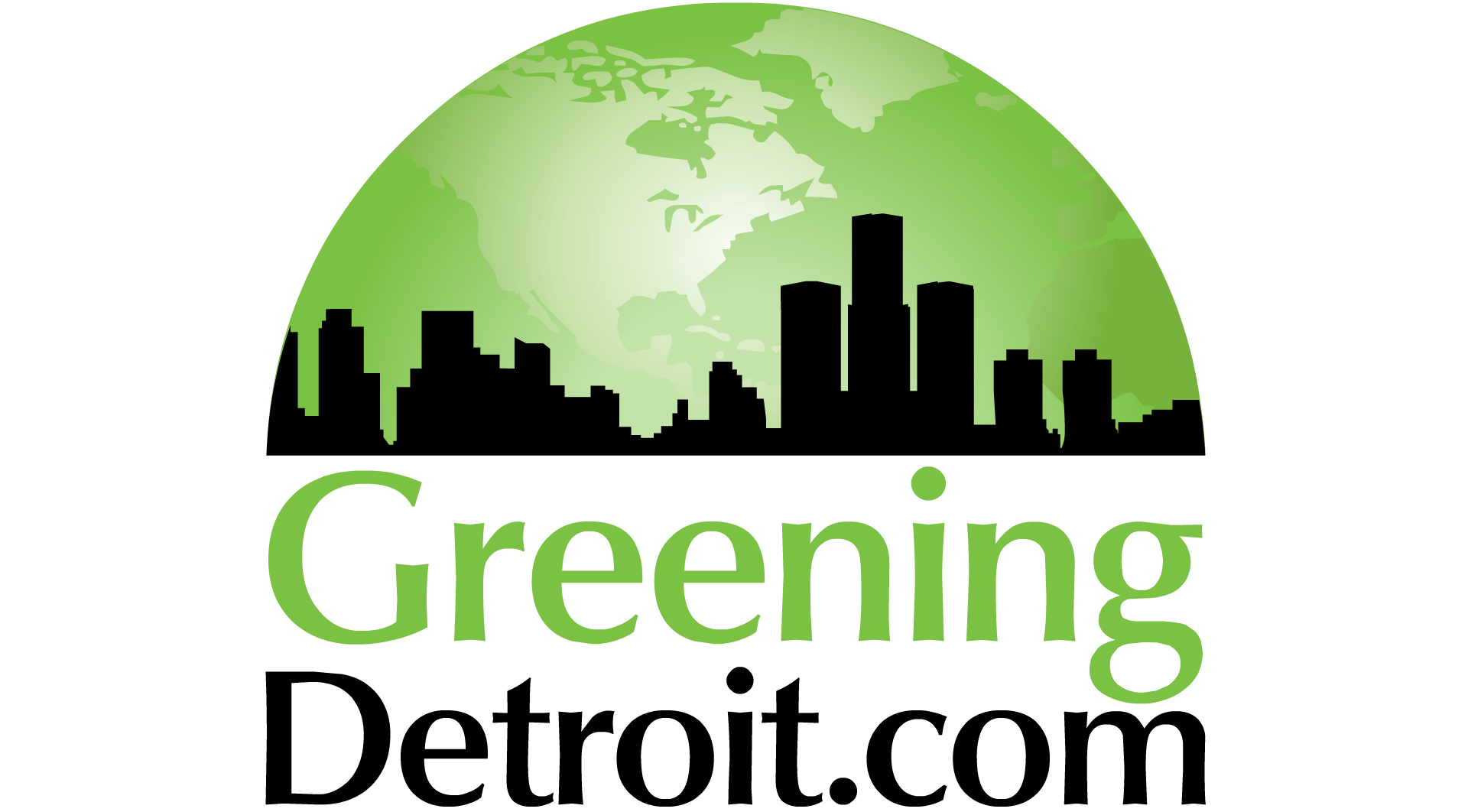 The IAEA is concerned about the number of ageing nuclear plants on the planet, according to a report due out later this year. This message has filtered down into the industry it represents, which has added necessary pressure to nuclear commissioning bodies, especially in established nuclear markets, such as the US.
The IAEA is concerned about the number of ageing nuclear plants on the planet, according to a report due out later this year. This message has filtered down into the industry it represents, which has added necessary pressure to nuclear commissioning bodies, especially in established nuclear markets, such as the US. Broadly speaking, the nuclear energy sector has kept its eye on the ball when it comes to safety and maintenance of nuclear power plants, but in a post-Fukushima world, utilities, plant owners and those servicing and supplying them have had to raise the bar when it comes to safety checks, stress tests and manpower. Yes, this creates a strain on costs for all those concerned, but it also boosts the wider nuclear supply chain for both existing maintenance and the construction of new plants.
EDF, for example, is one major utility that is raising its investment in safety inspections and improving its preventative maintenance. It is also opening up local supplier opportunities where it is looking to build new plants or conduct maintenance works.
An example of this includes the joint supplier days by AREVA and EDF in late April of this year in Warsaw, Poland. Areva said that due to the success of AREVA’s previous Polish Supplier Days held in Warsaw last October and in Wroclaw and Opole in March, AREVA and EDF organized,with the support of the Association for the Construction of Nuclear Power Plant in Pomerania Region, their first joint regional Supplier Day in Gdansk, the capital of the Pomerania region.
AREVA has conducted similar events in the United States, Finland, Czech Republic, and the UK to “continuously develop its European and international supply chain to ensure competitive, on-time and on-budget delivery of ongoing and future EPR™ projects worldwide.”
AREVA has already for example confirmed that a significant part of the new power station works would be open to procurement by Polish suppliers. The anticipated supply chain market would represent some 70% of the total value of the investment.
Two of the three possible sites listed by PGE, the Polish investor, are situated in the region of Pomerania. There is a strong industrial and scientific nuclear tradition in this region notably due to the construction of what would have been the first Polish nuclear power plant stopped in 1990.
“The local industrial potential in Pomerania.is therefore of great value for AREVA and EDF”, said Ruben Lazo, AREVA’s Chief Commercial Officer.
“Localization is a condition for success. To secure such a project, it is important to combine the competences of local companies who perfectly know the local rules and local practices with experienced companies who know the safety rules, codes and standards”, highlighted Jean-Marc De Guio, EDF Vice-President Industrial Relations for Nuclear Engineering Division.
Some of the Polish companies that are involved in key aspects of AREVA’s EPR™ reactor construction project at Olkiluotod3 (OL3) in Finland include Energomontaz Pólnoc, a company from Gdynia, which manufactured the liner of the reactor building for OL3.
Preventative technology
Demand for technologies that help improve safety and maintenance is on the rise and one company that can highlight this fact is Electrical Builders Inc (EBI), a company that provides inspection and maintenance services for the nuclear industry.
“Preventative maintenance solutions, specifically those that incorporate new technologies,” will be the new services and products that emerge from this demand, according to Jessica Ducharme, the company’s VP of sales and marketing.
The company provides inspection services of a component known as an isolated phase bus duct system, a method of construction for circuits carrying very large currents. It is a critical component whose failure can cause the plant to shut down.
However, Ducharme points out that EBI has developed a new technique for monitoring this part – the use of video inspection. “Our mobile video inspection allows access to areas that were previously inaccessible, which is important when determining complete system health and condition,” says Ducharme.
According to Doug Anderson, marketing manager at Vega Controls in the UK, “recent safety issues will mean utilities put more safety systems in and use more smart devices.” Vega makes specialist instruments and controls that monitor the levels of gas and liquids which, if they rise or fall beyond safety limits, can cause explosions and other accidents.
He indicates smart instruments used for this purpose are relatively new, but especially so in the nuclear sector, which “moves slowly.” Improved features in the devices made by Vega, he says, include an asset management feature which reports a problem to the user. “It gives us a better safety case.”
Smart devices & asset management
Safety improvements and equipment redesigns are a welcome challenge to the company’s product development process, which may respond with smarter devices. These in turn need to be tested.
According to Anderson, a rigorous quality control check aimed at suppliers and known as an Emphasis assessment has been of benefit to the company because it has opened up new sales opportunities. “If a company in the nuclear sector deems our product to be good using the assessment, they will pass this information round to others, who can then use it too.”
More controls of this kind would therefore, bring in more business: “Putting more of our existing products through Emphasis assessments is what we would like to do,” says Anderson. It is not surprising that the company should aim to improve asset management facilities in its products, given the sensitivity of the equipment being used.
According to Jessica Ducharme, the greatest flaws are to be found in asset management, installation and maintenance – and they are nothing to do with the equipment itself. “The biggest existing safety mechanism that is increasing in market demand is not a particular product or service, but rather, it is people. Having a properly educated and experienced contractor handle installation and maintenance is key to the success of all systems,” she states, indicating that more than 90% of the emergencies the company’s repair team responds to involve products and components that were improperly installed or maintained.
One example she gives is in the use of non-segregated bus bars (a strip of copper or aluminium that conducts electricity). Various activities in the plant can lead to gradual wear and tear, which can mean ageing, cracked bus bar insulating material falls off, exposing the conductor.
“Inexperienced installers use improper bolting hardware and/or over-torque the bolted connections, resulting in distortion of contact surfaces. All of these are areas of concern and result in unsafe environments, yet they can be avoided with proper installation and maintenance,” asserts Ducharme.
She is confident that intensified nuclear safety and maintenance concerns will have a positive effect on the business. “We share field findings and work with clients to develop best practices to improve safety for all. Utilities that understand the importance of proper and thorough preventative maintenance have embraced our video inspection service, resulting in dramatic growth in that area of our business.”
But perhaps one of the most significant aspects of intensified nuclear safety concerns is the use of different kinds of technologies for the same purpose – which can also only benefit suppliers. Thus, a company might well use three kinds of different methods, such as a tuning fork, electronic reader and mechanical float to monitor a level, instead of one. “There’s a growing principle in the nuclear industry of safety through diverse technologies,” points out Doug Anderson.
Source: Nuclear Energy Insider



